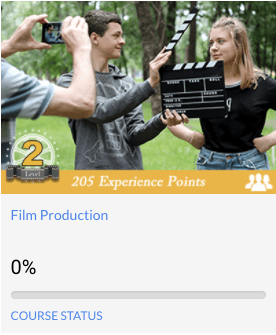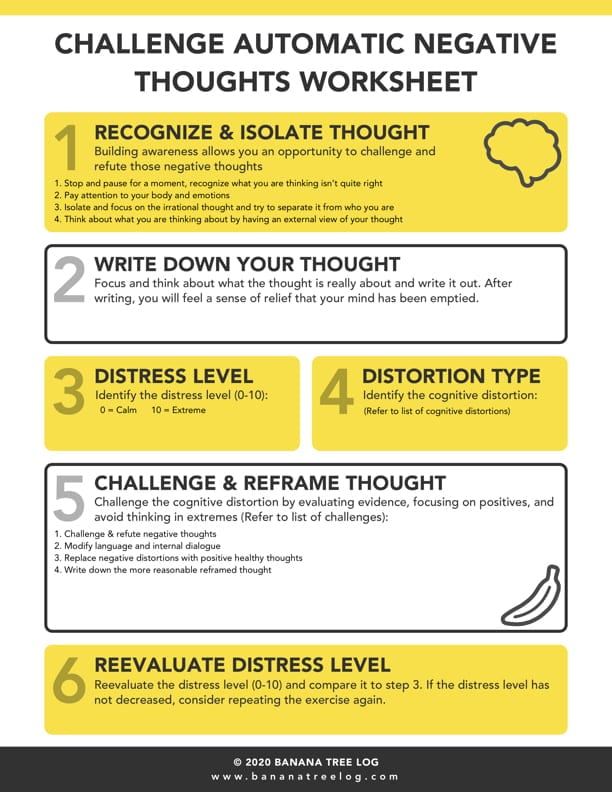Summary
The film I analyzed was the first two episodes of The Handmaid’s Tale. I chose this because I have heard the book is amazing and was recommended to watch the film.
Film Analysis
| Film Title | The Handmaid’s Tale |
| Year | 2017 |
| Director | Reed Morano |
| Country | US |
| Genre | Drama |
| If you could work on this film (change it), what would you change and why? | There is nothing I would change. The film was very entertaining and done very well. |
Film information can be found at imdb.com
Ask yourself the following questions:
| TOPIC | YOUR NOTES |
| 1. Who is the protagonist? | June who is renamed Offred |
| 2. Who is the antagonist? | The government and society |
| 3. What is the conflict? | June is taken and forced to be a handmade because she is able to have kids. |
| 4. What is the theme or central, unifying concept? (summarize in one or two words) | difference in views |
| 5. How is the story told (linear, non-linear, with flashbacks, flash-forwards, at regular intervals) | There are many flashbacks to provide flashbacks to further the understanding of the story |
| 6. What “happens” in the plot (Brief description)? | Offred was happily married when the government got overthrown and she was then forced to be a handmade where she is raped every month in order for the society to continue to have children. |
| 7. How does the film influence particular reactions on the part of viewers (sound, editing, characterization, camera movement, etc.)? Why does the film encourage such reactions? | The flashbacks provide feeling and emotion to demonstrate Offred had a nice life and we can see the changes. Music makes the film seem dramatic and tense. |
| 8. Is the setting realistic or stylized? What atmosphere does the setting suggest? Do particular objects or settings serve symbolic functions? | The setting is stylized to fit the weird alternate United States. |
| 9. How are the characters costumed and made-up? What does their clothing or makeup reveal about their social standing, ethnicity, nationality, gender, or age? How do costume and makeup convey character? | Everyone of certain statuses wears specific outfits and colors. This conveys the importance of social standing in their society. |
| 10. How does the lighting design shape our perception of character, space, or mood? | The lighting changes depending on place, but is usually darker and more painful feeling. |
| 11. How do camera angles and camera movements shape our view of characters or spaces? What do you see cinematically? | The camera movements are very subtle to go along with the very dramatic feeling. |
| 12. What is the music’s purpose in the film? How does it direct our attention within the image? How does it shape our interpretation of the image? What stands out about the music? | The music is very dramatic and sad which makes viewers have an almost uncomfortable feeling. |
| 13. How might industrial, social, and economic factors have influenced the film? Describe how this film influences or connects to a culture? | The film was based off of a book that was written about the future if social and economic factors drastically changed. |
| 14. Give an example of what a film critic had to say about this film. Use credible sources and cite sources.Example: “The Shawshank Redemption Movie Review (1994) | Roger Ebert.” All Content. N.p., n.d. Web. 24 June 2015. | “Hulu’s excellent adaptation of Margaret Atwood’s dystopian novel, The Handmaid’s Tale, is a horror show unveiled in slow motion” April 26, 20174:22 AM ET Heard on Morning Edition ERIC DEGGANS |
| 15. Select one scene no longer than 5 minutes that represents well the whole film and shows relevant cinematic elements. Write a one-sentence description of the scene and record the time of the scene.Example: from 1:05:00 to 1:10:00.Explain why you chose this scene. | My Hulu isn’t loading so I can’t find the exact time but it’s the scene showing the ceremony and how uncomfortable everyone was. |
| 16. In the selected scene: write a sentence for each of the elements below to justify why this scene best represents the film: | |
| a. Screenwriting: | You get to hear Offred’s thoughts during the uncomfortable event. |
| b. Sound Design: | There is no music so everyone focuses on the terrible events. |
| c. Camera Movements/Angles: | The angles mostly show Offred’s face and Serena Joy’s face. |
| d. Light Setup: | The lighting is bright on Offred’s face but still not super bright. |
| e. Soundtrack/Score: | There is no music in the background. |
| 18. What’s the socio-cultural context of this film? | The series shows what could go wrong if certain people get too much power and put pressure on social classes. |







